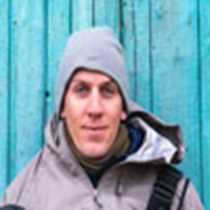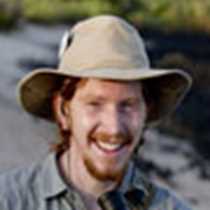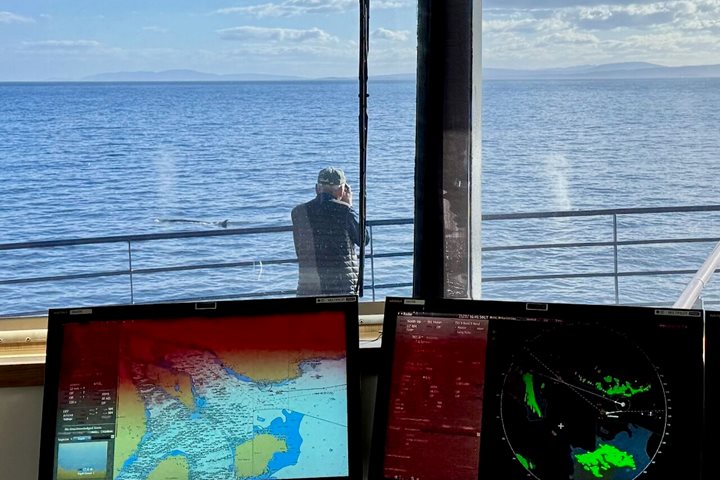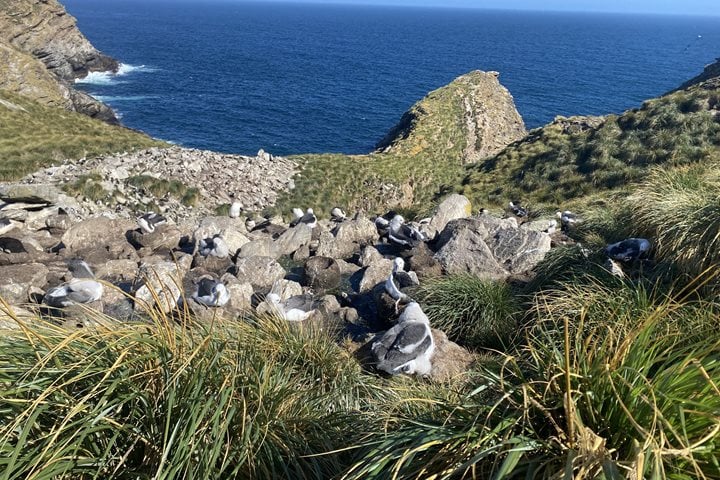As dawn broke over the horizon, National Geographic Explorer anchored off the beach of Fortuna Bay. Despite rolling swells, the expedition team found a spot on the far end of the beach with enough protection for us to land. The beach was filled with male elephant and fur seals, all jostling for prime position. A steady stream of king penguins made its ways to the water’s edge from the colony farther up the valley.
This afternoon was truly the highlight of the trip. With waves rolling onto the main beach at Salisbury Plain, we landed in a small cove about a mile and a half away from one of the world’s largest king penguin colonies. En route to the colony, we conducted a BioBlitz, as part of a Lindblad-National Geographic Citizen Science initiative, during which we attempted to photograph every living thing we encountered—penguins, seals, grasses, ferns, mosses, and of course, lichens. Our data will be uploaded to the iNaturalist website and then can be accessed by anyone in the world who wants to view our work. Perhaps most importantly, this survey will serve to inform the management of invasive plants on the island, an effort coordinated by the South Georgian Heritage Trust.









